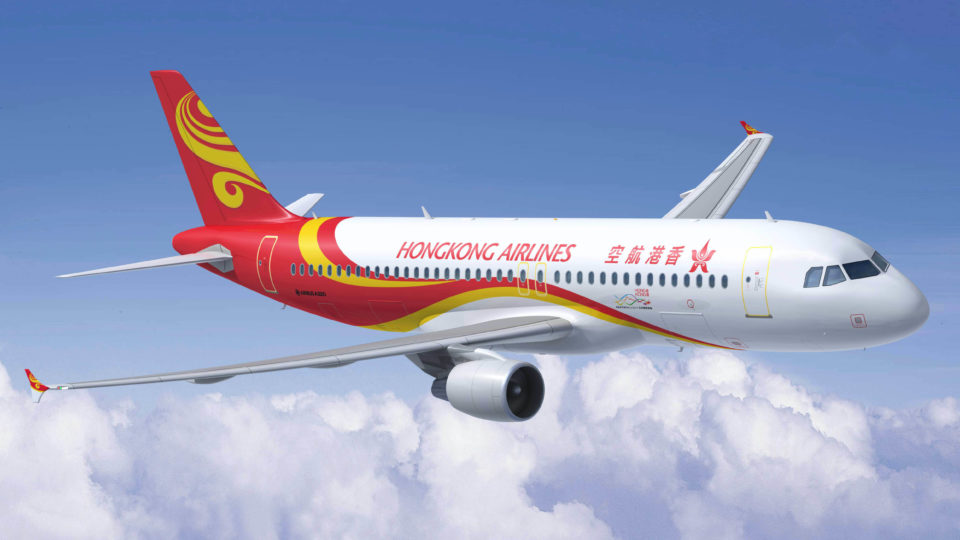Want to go absolutely nowhere?
Too late. Tickets for Hong Kong Airlines’ sightseeing flight sold out in half an hour on Friday afternoon shortly after the company announced it was hopping on the “flight to nowhere” trend.
The 100 people who snapped up the limited tickets will board a 90-minute flight next Sunday, departing from a very quiet Hong Kong International Airport and landing back at—you guessed it—a very quiet Hong Kong International Airport. The flight, which will take off at 4:30 pm, promises “breathtaking sunset views.”
Embrace “HOME” KONG, the website very unoriginally puns.
Hong Kong Airlines’ golden hour flight offer follows in the footsteps of budget carrier HK Express, which promptly sold out of tickets for its “flycation” experience shortly after booking began online.
The three 90-minute flights will take off in November, but media representatives and travel writers got a taste of the coronavirus-era aviation experience yesterday. One CNN travel writer who was on the flight described it as a “pleasure cruise in the sky” and a preview of what flying will look like when it resumes.
Amid what is shaping up to be a prolonged halt to global travel, airlines around the world have been offering “flights to nowhere” to recover lost revenue and introduce and experience that, for many, is the closest thing they’ll get to a vacation for the foreseeable future.
The flights, which come with all the hassle of aviation travel—like arduous airport procedures and cramped economy class seats—but none of the rewards, have proven exceedingly popular. Carriers from Singapore Airlines to Qantas have had their “flight to nowhere” tickets snapped up in minutes, a phenomenon that might have been unthinkable pre-coronavirus.
Green groups and climate activists have expressed concern over the sustainability of these low-utility flights, pointing to the grave environmental impacts of air travel.
But according to aviation experts, “flights to nowhere” don’t just bring in much-needed revenue. They also reduce the maintenance needed when aircrafts are flown again after having been grounded for too long.
In Hong Kong and other parts of Asia, a return to air travel looks more within reach than other parts of the world that haven’t gotten a handle on their virus outbreaks.
Authorities announced developments to their plans to restart travel yesterday furthering an announcement last month that it was in talks with almost a dozen countries.
The good news is that an agreement has been reached that will allow quarantine-free travel as early as next month. The bad news is that it’s with Singapore, which carries the unflattering reputation of being but a more expensive Hong Kong.
Thailand and Japan, we’re hoping you’re next.




